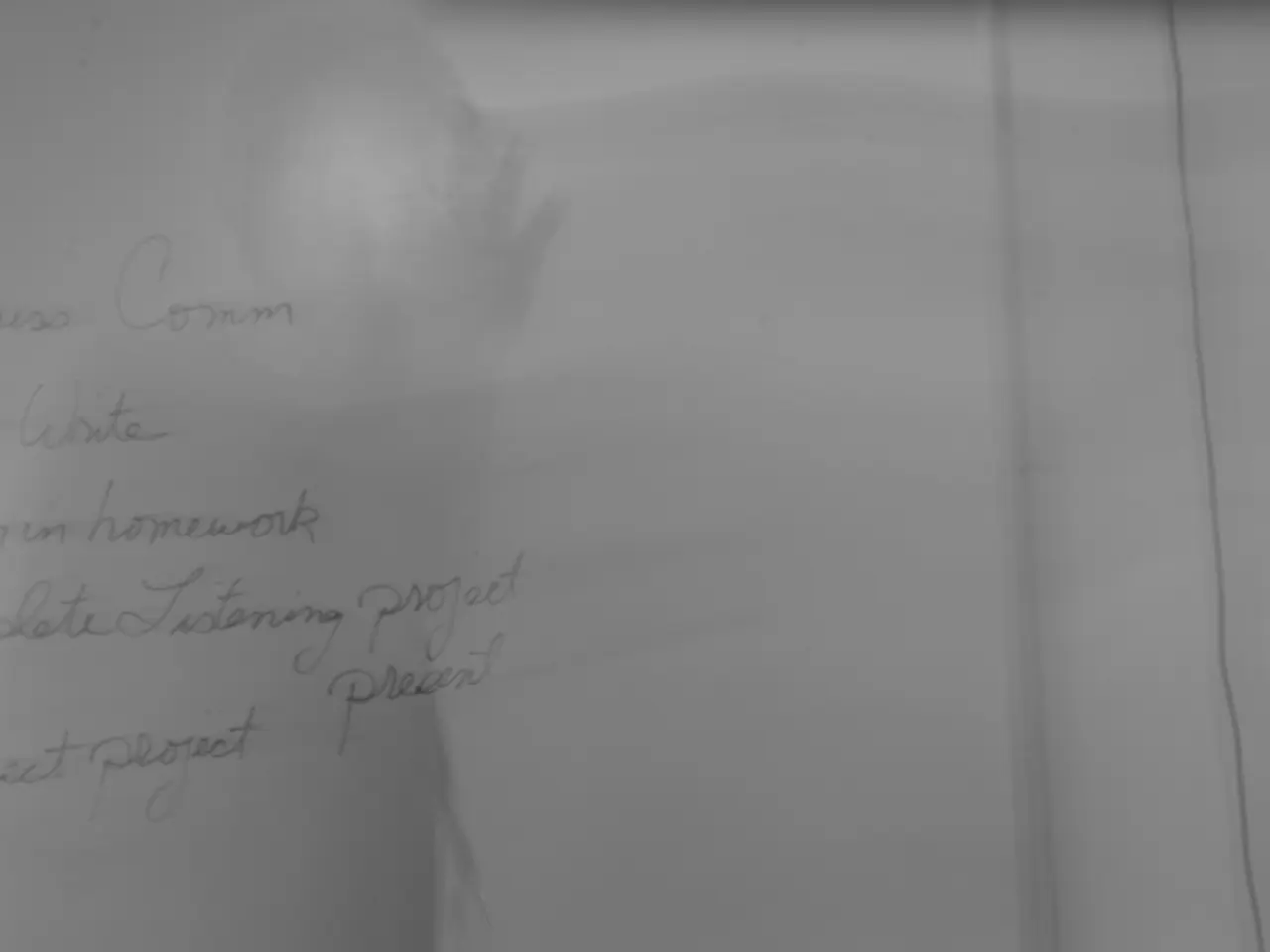Deadline approaches for Making Tax Digital, as HMRC encounters resistance from Small and Medium Enterprises (SMEs)
The UK government is pushing forward with its plan to digitise tax declarations, a move known as Making Tax Digital (MTD). While some see it as a step towards more accurate reporting, fewer errors, and improved compliance, others are concerned about the potential challenges it may bring.
The MTD roll-out, set to begin in April 2026, coincides with a period of global economic uncertainty, fresh US tariffs hitting UK exporters, and ongoing reforms to R&D tax credits. This adds to the pressure on small businesses, who are already grappling with rising compliance costs.
The Federation of Small Businesses (FSB) estimates that tax compliance already costs the average small firm £4,500 annually, a figure that has risen 10% since 2021. Tina McKenzie, FSB's policy chair, has raised concerns about these costs and potential price increases by software providers due to the mandate.
The Public Accounts Committee (PAC) has warned that total costs could exceed £1.3bn due to HMRC's "poor track record of repeated delays". HMRC's own projections suggest that costs will continue to mount, with the initial Treasury estimate for MTD compliance at £222m in 2016 potentially exceeding £1.3bn for VAT and self-assessment.
Craig Ogilvie, HMRC's director of MTD, has urged accountants to review their clients with income over £50,000 and join the testing program on GOV.UK. However, a survey reveals that one in three accountants admitted they are not prepared for MTD, with one in 10 being "very unprepared". This lack of preparedness could pose a significant challenge as the government expects 3 million taxpayers to join MTD by 2028, with 2.3 million being self-employed individuals and 563,000 being landlords.
Industry insiders suggest the real challenge is less about software than about cultural change, moving taxpayers away from long-established habits of paper returns and once-a-year filing. According to HMRC figures, 83% of unrepresented taxpayers do not currently use digital software, and many landlords are only just becoming aware of the rules.
The digital implementation of tax declarations in Germany involves institutions like the tax software providers integrated with the federal tax portal and associations promoting digital tax processes. This collaborative approach could provide a model for the UK as it moves towards a more digital tax system.
HMRC is urging more taxpayers to test the MTD system, with six months until 800,000 self-employed and landlords join for income tax. However, concerns remain about HMRC's capacity to support millions of new digital filers, with call handling times having nearly doubled.
Whether April 2026 marks the beginning of a new era of streamlined tax, or simply the latest in a long list of HMRC implementation headaches, will depend on how quickly confidence and participation can grow over the coming year. Digitisation could ultimately reduce the burden of the annual return and modernise HMRC's infrastructure for the future, but only if the challenges can be overcome.
Read also:
- visionary women of WearCheck spearheading technological advancements and catalyzing transformations
- Recognition of Exceptional Patient Care: Top Staff Honored by Medical Center Board
- A continuous command instructing an entity to halts all actions, repeated numerous times.
- Oxidative Stress in Sperm Abnormalities: Impact of Reactive Oxygen Species (ROS) on Sperm Harm








